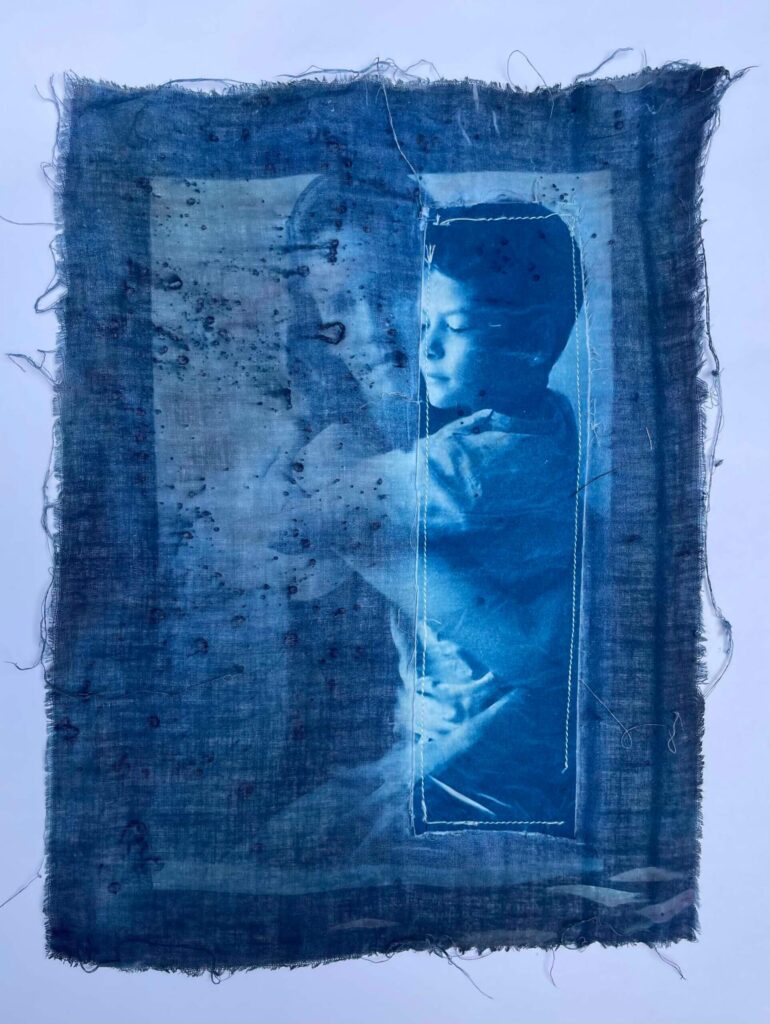
Deborah Kruger


Artist Bio
Recent career highlights include being a finalist for the 2023 Arte Laguna Prize in sculpture and installation where her work will be exhibited in Venice, Italy at the Arsenale Nord in the spring of 2023. Kruger’s current traveling exhibition “Avianto” opens in Chapala, Mexico and will travel to three other museums in Jalisco, Mexico from 2022 – 2023 culminating with an exhibition at the Government Palace in Guadalajara, Mexico as a project of MEG, the Museums of Jalisco.
The Museum of Art and Design in New York City has just acquired two of her large format environmental works and they will be exhibited in 2024.
Another solo exhibition of Kruger’s work will open at the Visions Art Museum (VAM), San Diego, CA in January 2023. In winter of 2022 her solo exhibition “Plumas” was on view at the PRPG.mx gallery in Mexico City. Kruger’s piece Kimono traveled to the international Art Textile Biennial in Australia in 2021.
Kruger has attended residencies at the Millay Colony for the Arts, Austerlitz, NY, La Porte Peinte Centre, Noyers-sur-Serein, France and at Hypatia-in-the-Woods, Shelton, WA.
Artist Statement
Kruger maintains an art studio in the vibrant art community of Durham, NC and a production studio in the lakeside village of Chapala, Mexico where she is committed to a team-based art practice that provides jobs and empowerment to local Mexican women.
How does the theme ‘Biosphere’ play a role in your work?
My latest work focuses on the tragic losses of the 21st century, specifically the extinction of bird species and the death of indigenous languages around the world. The pieces also echo the forced migration of humans, who are also threatened by war, poverty, famine, climate change, and habitat fragmentation.
I create feathered wall reliefs, sculptures and installations inspired by murmuration, the fantastic shapes formed by the coordinated flight patterns of starling flocks. Many pieces also follow the outlines of countries and states where there are endangered bird species.
All my feathers are cut from fused, recycled plastic bags and then silk-screened with images from my drawings of endangered birds. The feathers are overprinted with text in endangered languages such as Tzotzil, Yakme, Shorthand and Yiddish, whose last living speakers/users are in steep decline.
The plastic feathers embed a layered narrative that addresses the global consumerism driving the loss of both bird and human habitat. I have thus been able to use my prior experience in wallpaper and textile design in the service of broad ecological and cultural concerns.
My team-based studio employs women from the local Mexican community for silk screening, production and assembly, image development, grants writing, filmmaking, social media, and web design. My hope is that our collaboration fosters professional development in creative arts, ecological awareness and personal empowerment.
Find Her On


















Comments 16